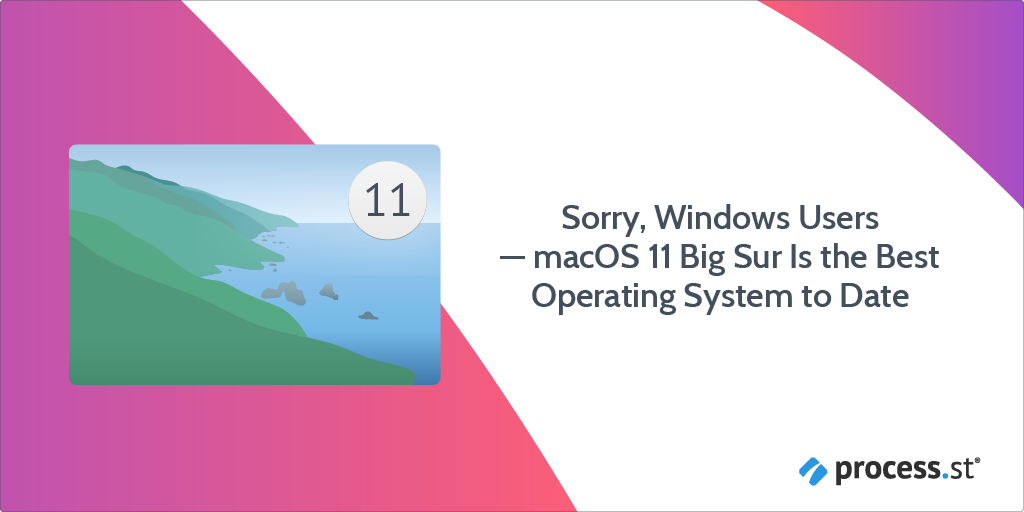
There’s no better moment than the ‘lightbulb moment’.
The one where you finally figure out a solution to a tricky problem, or just come up with an ahead of the curve plan, scheme, or proposal. The euphoria is intense enough to make you get out there and shout about it from the rooftops. Or, do a song and dance on the street, à la Dick van Dyke in Mary Poppins.
OK, perhaps the latter is a little hyperbolic. But the point remains that coming up with a great idea is a wonderful feeling.
The only problem is that, at some point in the relative future, more ideas need to be thought of. And for those working in creative fields such as advertising, design, and software engineering, ingenious ideas need to be generated on a regular basis. We’re talking daily, here.
So how can you and the rest of your team continually think of stellar ideas?
Through ideation.
That’s why, in this Process Street post, I’m going to spell out what ideation is, the benefits of ideation, 7 different ideation techniques to use, and what to do before undergoing ideation for the first time.
Read the following sections to get completely clued-up:
- The definition of ideation
- The team and business benefits of ideation
- The 7 best ideation techniques to use
- Undergoing your team’s first ideation session
Let’s not make this a song and a dance.
It’s time to get straight into it!
Continue Reading







 Workflows
Workflows Forms
Forms Data Sets
Data Sets Pages
Pages Process AI
Process AI Automations
Automations Analytics
Analytics Apps
Apps Integrations
Integrations
 Property management
Property management
 Human resources
Human resources
 Customer management
Customer management
 Information technology
Information technology










